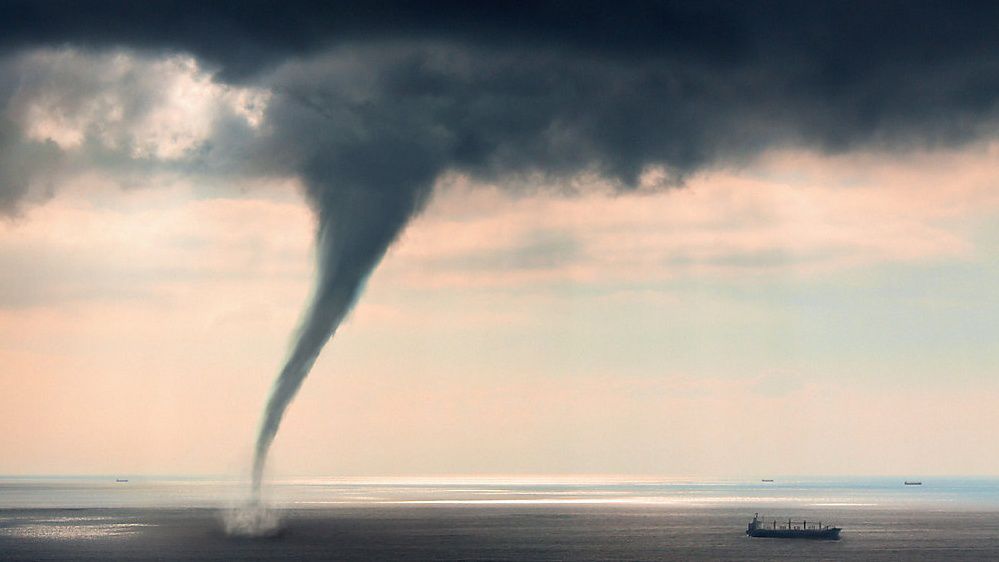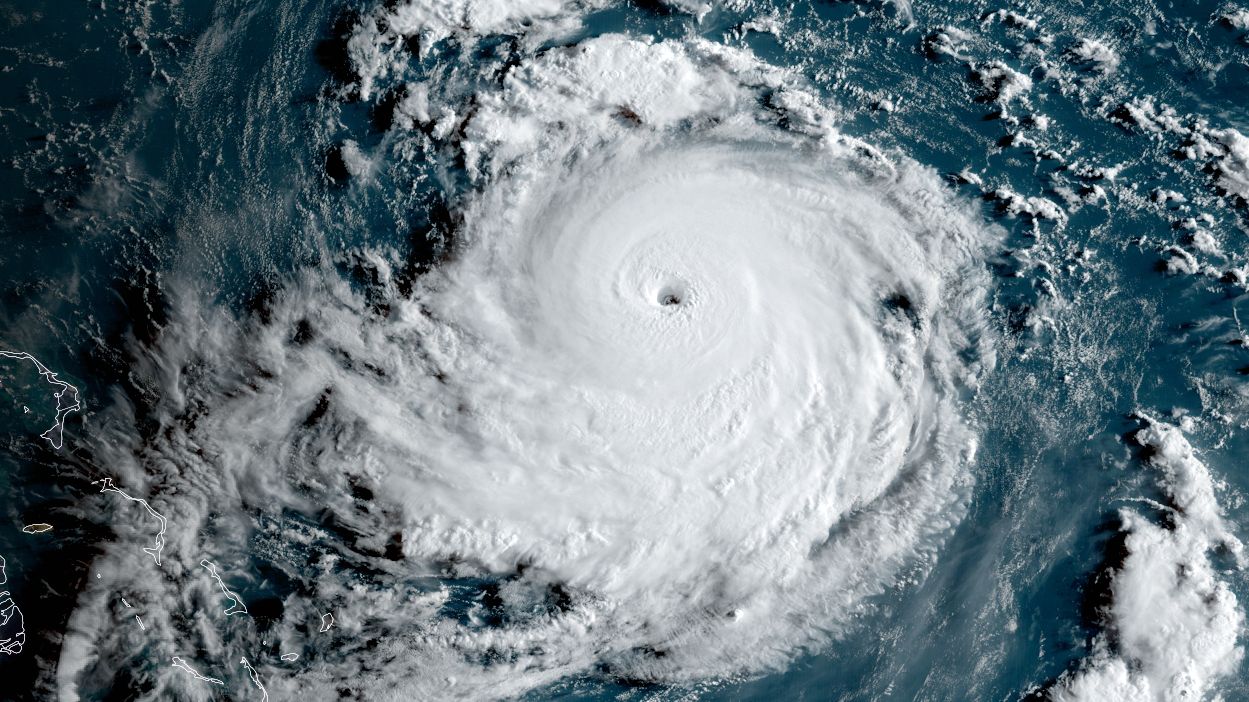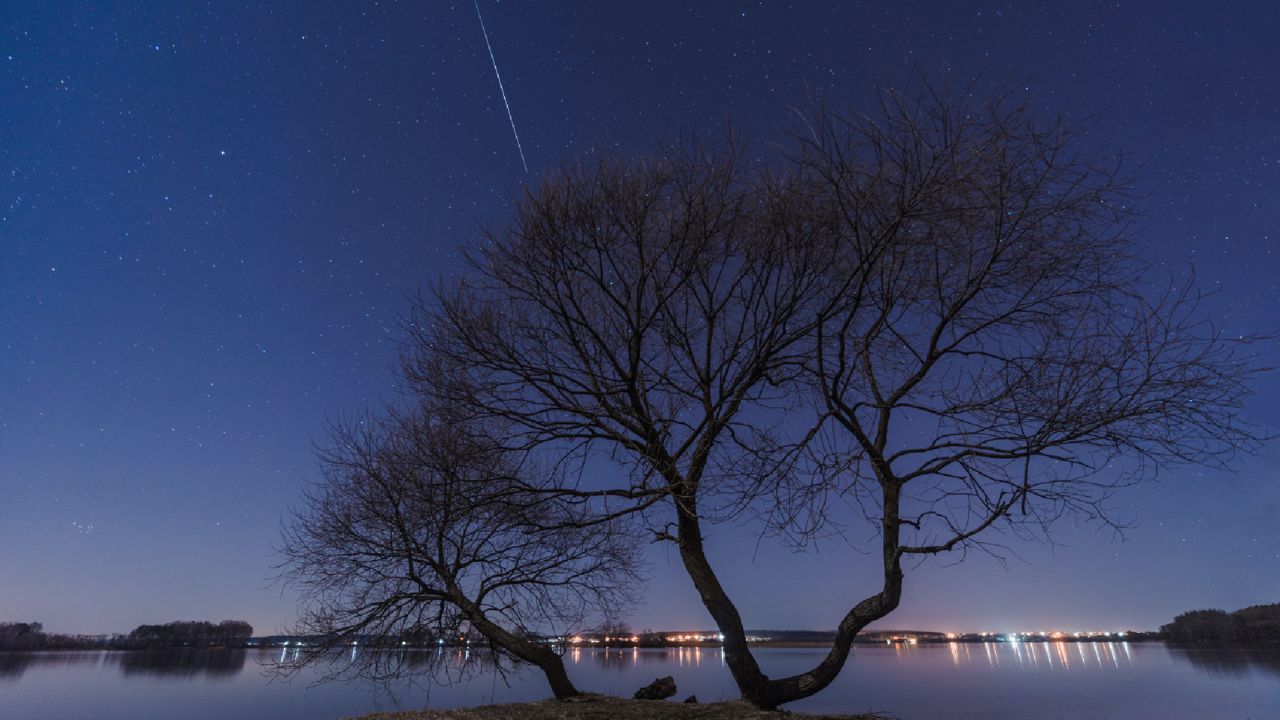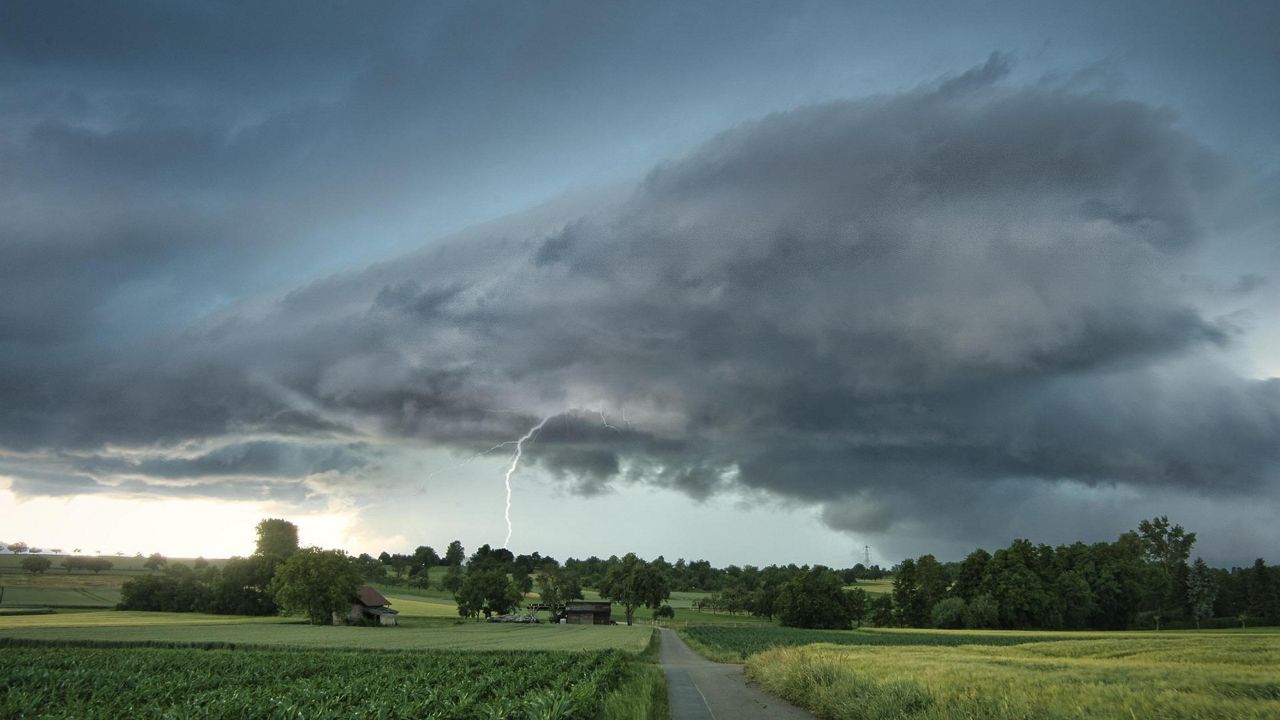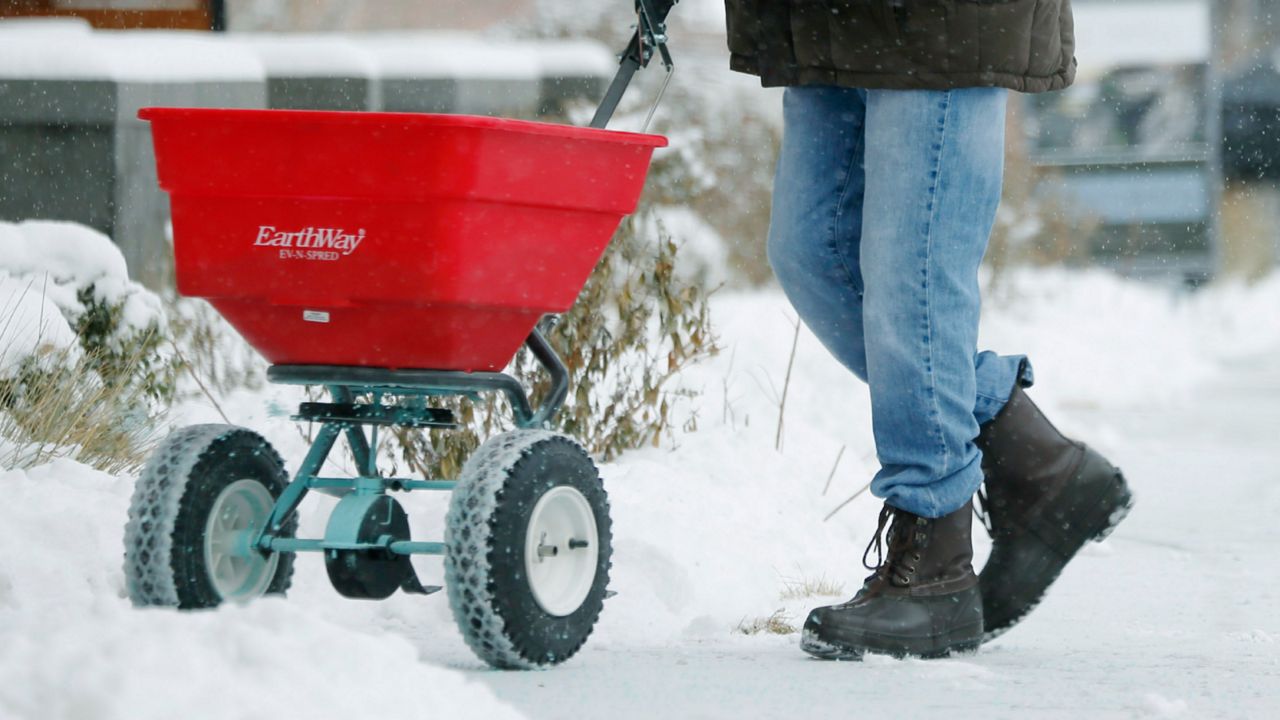Conditions have been just right to see waterspouts this week.
Because of that, perhaps the question becomes, when exactly is the time of year that makes waterspouts the likeliest?
So first of all, what exactly is a waterspout?
The National Oceanic Atmospheric Administration (NOAA) defines a waterspout as “a funnel which contains an intense vortex, sometimes destructive, of small horizontal extent and occurs over a body of water.”
Simply put, waterspouts are tornadoes that develop over water, like this one:
Hearing the word tornado, though, you automatically assume the worst. But, not all waterspouts cause damage or make an impact, especially those over the Great Lakes.
There are two types of waterspouts that exist, though. There are tornadic ones, and there are also fair-weather waterspouts.
Tornadic waterspouts pop up inside of thunderstorms, or similarly to a more conventional land tornado. This type of waterspout has been known to become destructive and last for a long period of time.
They form at the bottom of a thunderstorm cloud, where rotation from higher up in the cloud extends down to the water.
Meanwhile, fair weather waterspouts are what western New Yorkers have grown accustomed to seeing a few times a year. These are weaker than their tornadic counterparts, but they can become dangerous to boaters or anyone out on the water.
Fair weather waterspouts are different from tornadic waterspouts for a number of reasons. For starters, they develop on the ground, and then they grow upward.
Eventually, upward motion in the clouds stretch to the water. This creates a spin and leads to the funnel you see.
The reason we see this type of spout in late summer or early fall in western New York is because they form mainly due to a large difference in temperature. As of August 6, Lake Erie sits at 77 degrees!
When drier and cooler air from above interacts with the warm water, an updraft is created. This updraft turns into what we know as a waterspout.
Keeps your eyes on the lakes this time of year, and remember, even though the pictures and video are great of these water tornadoes, make sure you get them safely!




